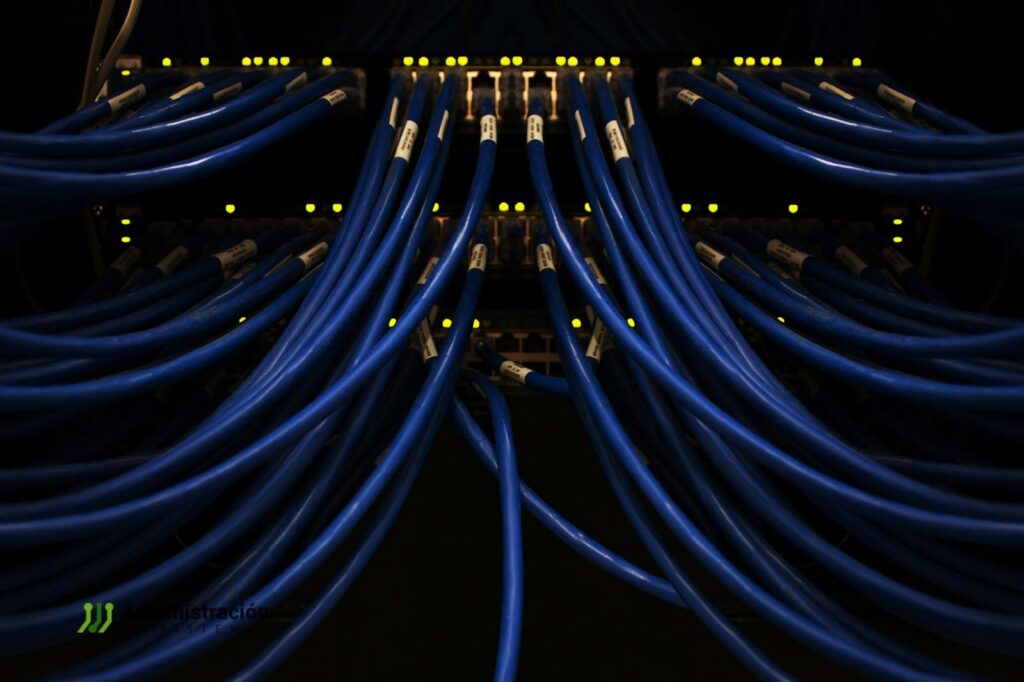In the era of 100 Gbps server deployments, raw bandwidth is no longer the bottleneck—it’s the network latency. While high-speed I/O is critical for modern workloads like AI training, real-time analytics, and global content delivery, even the most powerful hardware can be undermined by inefficient network paths and poorly optimized data flow.
This article offers a deep dive into how latency interacts with transmission protocols (TCP, UDP, QUIC), why proximity matters more than ever, and how infrastructure architecture must evolve to fully unlock the potential of 100G environments.
Why Latency Matters More Than Bandwidth in 2025
Despite the theoretical capacity of 100G ports to transmit 12.5 GB/s, latency-bound throughput remains a major challenge. With TCP’s congestion control and acknowledgment mechanisms, the time it takes for a packet to complete a round trip—Round Trip Time (RTT)—directly impacts throughput. This is especially true in international traffic where RTTs easily reach 150–250 ms.
For example, a single TCP stream with 7.3 KB of window size over a 200 ms RTT results in effective throughput of ~97 Kbps. This dramatic drop demonstrates the limitations imposed by the bandwidth-delay product (BDP) and the need for latency-aware design.
Protocol Deep Dive: TCP, UDP, and QUIC
Transmission Control Protocol (TCP)
- Pros: Reliable, ordered delivery; congestion control (e.g., BBR, CUBIC); widespread support.
- Cons: Requires handshakes, suffers with retransmissions, sensitive to latency.
- Best for: Applications that demand reliability, such as file transfer or database replication.
To optimize TCP in high-latency environments:
- Increase buffer sizes and congestion windows
- Enable Selective Acknowledgement (SACK)
- Use TCP Fast Open and offloading at NIC level
User Datagram Protocol (UDP)
- Pros: Lightweight, fast, and connectionless.
- Cons: No retransmission, ordering, or flow control.
- Best for: Live video, gaming, VoIP—where speed outweighs reliability.
QUIC (Quick UDP Internet Connections)
Built on UDP, QUIC delivers faster handshakes, stream multiplexing, and native encryption:
- Reduced RTT for connection setup
- Multipath support
- Application-level error correction
Ideal for web browsing, streaming, and latency-sensitive applications. However, it doesn’t eliminate physical distance as a factor—just mitigates its effects better than TCP.
Designing for 100G: Beyond the Protocols
Network Design Requirements
- High-throughput core: Leverage fiber backbones, low-jitter switches, and non-blocking topologies.
- Smart routing: Active BGP optimization, anycast routing, and peer-aware path selection.
- Protocol tuning: Apply advanced congestion algorithms (e.g., BBRv2), NIC offloading, and zero-copy.
Transport-Level Enhancements
- RDMA (RoCEv2, iWARP) for GPU-to-GPU communications
- DPDK or eBPF acceleration on packet processing paths
- Smart NICs for L4–L7 visibility and traffic shaping
The Edge and Latency-Optimized Architectures
Centralized infrastructure is becoming insufficient for real-time workloads. Edge compute and distributed PoPs reduce RTT by bringing services closer to the user base.
Key edge design strategies:
- Deploy Tier III+ micro data centers in regional metros
- Use SDN to orchestrate dynamic routing and rerouting
- Peer with local ISPs to avoid transit delay (hairpinning, tromboning)
These approaches are especially important in emerging markets where:
- Fiber density is limited
- Mobile-first connectivity dominates
- Cross-border regulation introduces complexity
Performance in the Real World
Even with optimized transmission protocols, the application layer introduces additional latency—especially in scenarios with heavy user interaction (e.g., API-triggered content, database lookups). Real-world performance tuning must consider:
- Server-side queue lengths
- TLS handshake delays
- App logic and response-generation time
Modern observability stacks (Prometheus, Grafana, ELK) can identify where these bottlenecks occur.
Summary: 100G Performance Requires End-to-End Awareness
High-capacity servers mean little without a network designed to support them. Whether you’re building distributed training infrastructure, hosting multiplayer gaming backends, or delivering low-latency fintech applications, success hinges on more than just throughput—it hinges on latency, protocol optimization, and edge proximity.
By embracing an edge-first, SDN-aware, and protocol-tuned approach, organizations can fully harness the power of 100G deployments—delivering the performance their users expect, anywhere in the world.

